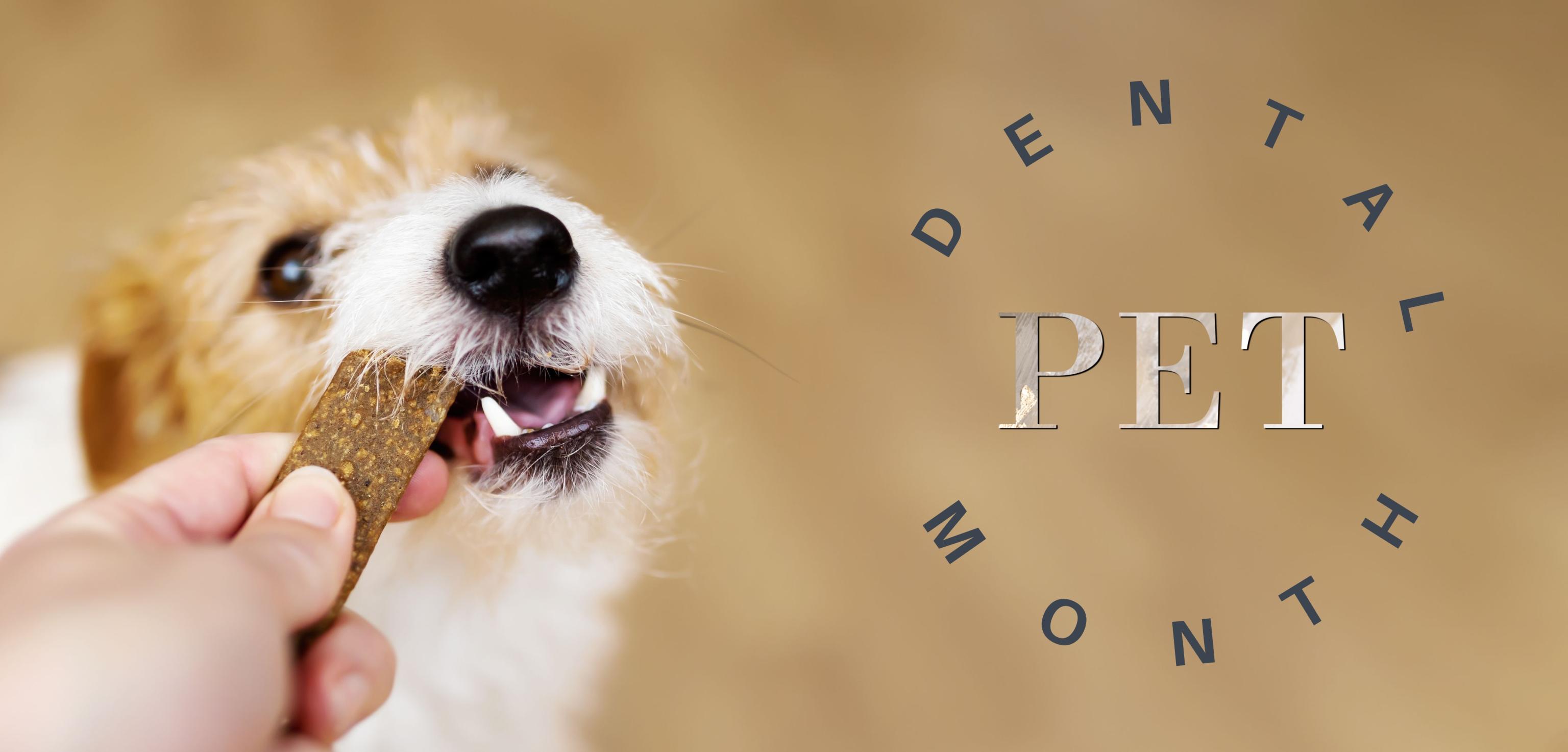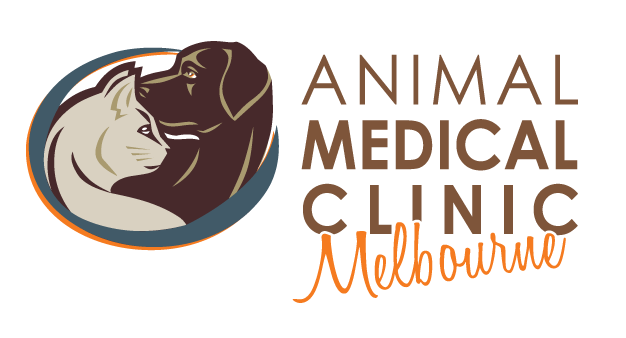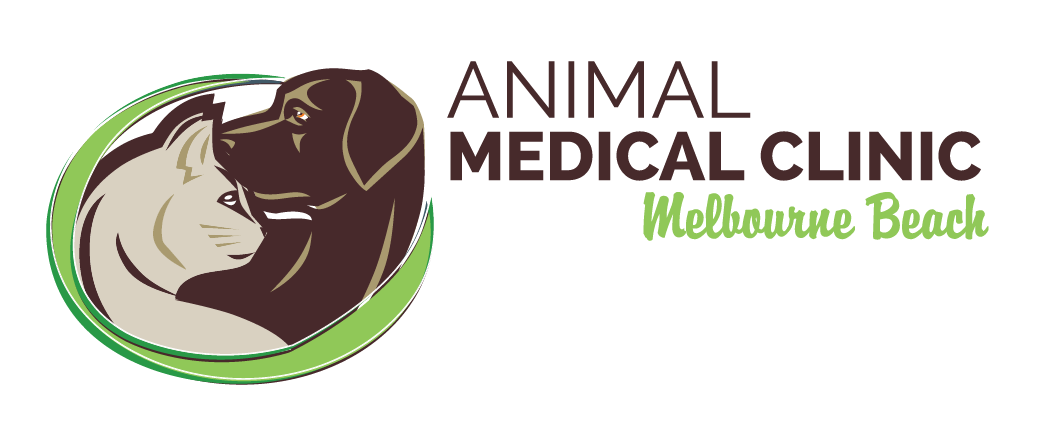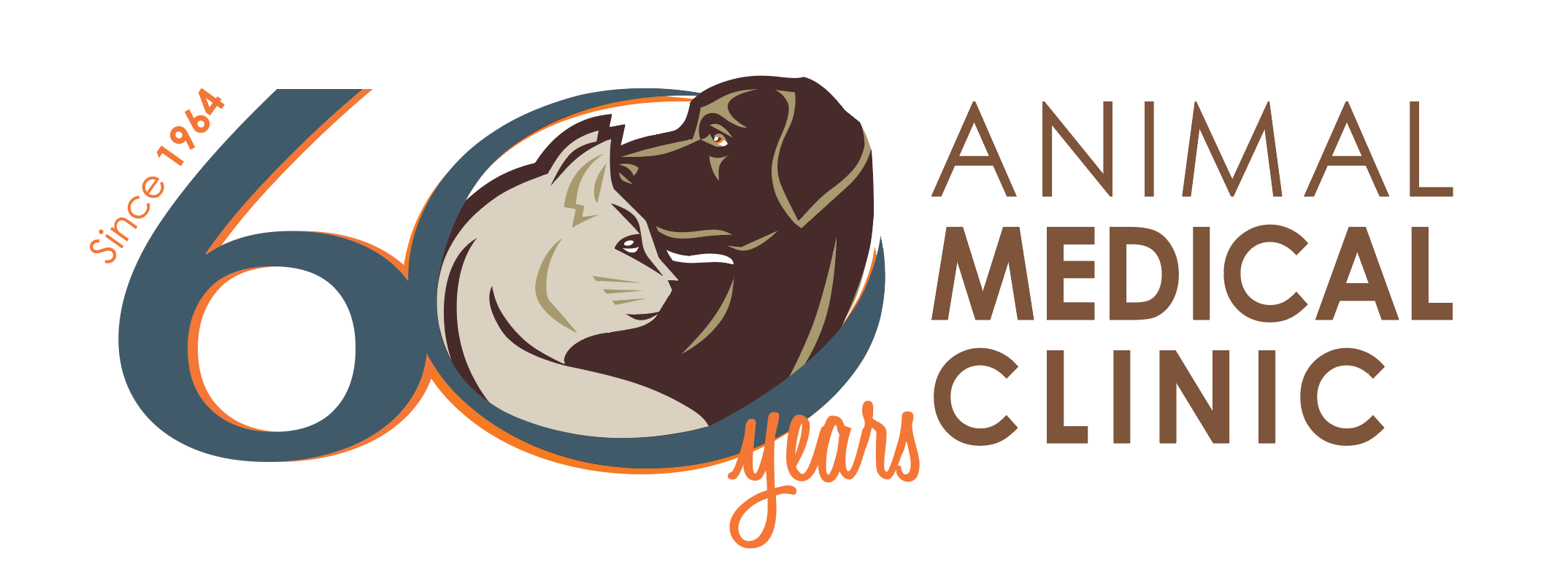
February is Pet Dental Health Month, and it’s the perfect time to focus on one of the most overlooked aspects of your furry friend’s overall health—their teeth! Dental disease is one of the most common health issues in pets, but the good news is that it’s also preventable and treatable, especially when caught in its early stages. Let’s explore why dental health is so crucial and how you can help your pet maintain a healthy smile.
The Importance of Early Intervention
Dental disease doesn’t just affect your pet’s mouth; it can also impact their overall health. Bacteria from untreated dental issues can enter the bloodstream, potentially leading to heart, kidney, or liver problems. That’s why it’s vital to treat dental disease early. Your pet isn’t going to get any younger, and delaying treatment only allows the disease to progress, causing more harm and discomfort over time.
The Hidden Danger: Under the Gum Line
Did you know that a large proportion of dental disease occurs beneath the gum line? This hidden area is where plaque and tartar build up, leading to inflammation, infection, and bone loss. Unfortunately, because these issues aren’t visible, they often go unnoticed until they’ve caused significant damage. That’s why regular veterinary dental checkups and cleanings are so important.
Signs of Dental Disease in Pets
Early detection is key to preventing the progression of dental disease. Watch for these common signs that your pet may need dental care:
- Bad breath (halitosis)
- Red or swollen gums
- Yellow or brown tartar on teeth
- Difficulty eating or chewing
- Drooling excessively
- Loose or missing teeth
- Pawing at the mouth
If you notice any of these symptoms, schedule a veterinary appointment as soon as possible.
Professional Dental Care: What to Expect
A professional dental cleaning at your veterinary clinic is the best way to tackle dental disease, especially when it’s under the gum line. Here’s what typically happens during a dental procedure:
- Comprehensive Exam: Your vet will examine your pet’s teeth and gums, often using dental X-rays to assess the health below the gum line.
- Scaling and Polishing: Plaque and tartar are removed from the teeth, both above and below the gum line.
- Treatment of Problem Areas: If necessary, infected teeth may be extracted, or other treatments may be recommended to address issues like gum disease.
- Preventive Care: Your vet will provide guidance on how to maintain your pet’s dental health at home.
At-Home Dental Care Tips
In addition to regular veterinary care, you can take steps at home to keep your pet’s teeth healthy:
- Daily Brushing: Use pet-safe toothpaste and a soft-bristled toothbrush to brush your pet’s teeth.
- Dental Treats and Chews: Look for products approved by the Veterinary Oral Health Council (VOHC).
- Dental Diets: Specialized diets can help reduce plaque and tartar buildup.
- Water Additives: These can help maintain oral hygiene between brushings.
Don’t Delay—Act Today!
Remember, your pet’s dental disease isn’t going to improve on its own. The longer you wait, the worse it gets—and the more it affects your pet’s quality of life. This Pet Dental Health Month, make your pet’s oral health a priority. Schedule a dental exam and start implementing an at-home care routine to ensure your furry friend enjoys a happy, healthy smile for years to come.
Contact us today to book your pet’s dental checkup and cleaning. Together, we can fight dental disease and protect your pet’s overall health!



